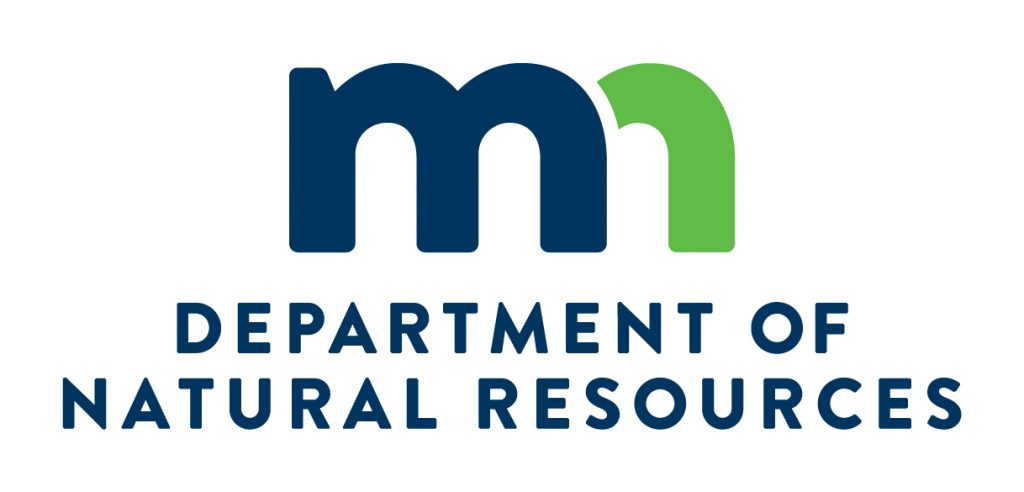Declining water levels in parts of state
affecting boat launches and retrievals

Release from Minnesota Department of Natural Resources:
Low water levels, resulting from below-average rainfall in much of the southern third of Minnesota in June and July, are making boat launching and retrieval challenging at many lakes and rivers, especially in the Twin Cities metro area.
When water levels decline, less of the boat ramp is underwater, which reduces the length of the ramp available for a successful launch. As a result, there is a greater chance of backing a trailer past the end of the ramp when launching. Ramps can be extended in some places to reduce this risk, but this is not effective where shallow water persists well beyond the boat ramp.
Another low-water hazard to consider is the possibility of a prop-wash hole at the end of a boat ramp. Prop-wash holes are caused by power loading, which happens when boat operators use the motor to load the watercraft onto the trailer instead of cranking the boat onto the trailer with the winch. The motor scours a hole in the sand and gravel at the end of the boat ramp. Subsequent, unsuspecting boaters can back into the prop-wash hole with their trailer.
“It’s difficult to get a trailer unstuck from a prop-wash hole,” said Nancy Stewart, DNR water recreation consultant. “Also, in the area past the hole, there is often a mound of sand or rock deposited by power loading. Boats can run aground on this material and not be able to get to deep water.”
To successfully launch boats in low water conditions:
- Check the ramp, especially the firmness of the gravel at the end of the concrete ramp and the water depth.
- Use smaller watercraft or a different waterbody if the ramp you normally use is too shallow.
- Expect delays at public access sites and be patient with boaters who are having difficulty launching.
- Watch for obstructions in the water near the access, like large boulders or tree stumps.
To prevent damage to boat ramps, trailers and boats, boat operators should avoid power loading at all times — not just when water levels are low. For more information and to see an illustration of power loading impacts, visit the DNR website (mndnr.gov/Water_Access/Powerloading.html).

